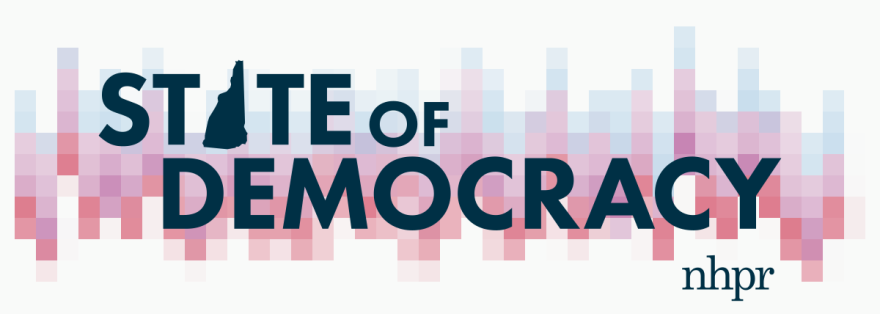For political observers and journalists, there is something appealing about the idea of a bellwether town -- a place whose vote in an election consistently matches up with the statewide totals. Journalists can patrol the main streets of bellwethers for man-on-the-street interviews, confident they will feel shifts in the broader political winds.
But the data shows that true bellwethers are an endangered species in many parts of the country.

Not only are Democrats and Republicans drifting farther apart ideologically; some studies have shown they are also sorting geographically, into like-minded towns and regions.
This sorting, compounded by the gerrymandering of Congressional and state legislative districts, has helped to polarize politics in Washington and state capitals across the country. With fewer moderate swing districts, there is less ideological inclination or political reward for compromising with the other side.
So far, however, the ideal of the bellwether seems to be surviving in New Hampshire.
In the past four presidential elections, there have been a number of Granite State towns each cycle that came within a point or two of the statewide margin between the two major parties. In 2012, there were 22; in 2008 there were 31. These range from Manchester, the state’s biggest city, to tiny Lyndeborough, in Hillsborough County, which was right on the money in 2000, 2004, and 2012. In all, 100 cities and towns – nearly half of all the towns in the state -- were within 10 points of the statewide election margin in 2012.
The king of the bellwethers over this period has been the working-class city of Rochester. Since 2000, the city has been on a hot streak of picking both the winner and the winning margin in presidential elections. Rochester’s voters have sided with the winner in every presidential election since then.
More impressively, the vote margin in Rochester between the Republican and Democratic candidates has been within a point or so of the margin statewide in each one of those four elections. If you’re looking for a single community to watch as a beacon for the rest of the state as the election returns come in this November, keep an eye on Rochester.
And even the New Hampshire towns that don’t perfectly track with the presidential cycle are not drifting too far right or left, at least compared with other states.

An analysis of presidential voting shows that most New Hampshire towns are within shouting distance of the state’s overall breakdown. Going back to 1972, a very small percentage of New Hampshire towns typically vote 30 points more Democratic or Republican than the statewide margin.
Click here to explore interactive maps illustrating town-by-town variations in voting margins.
But that percentage is tracking lower than the similar statistic in Massachusetts and has actually dropped since the 1970s. Massachusetts may appear true-blue from the outside, but digging deeper into the election returns reveals the Commonwealth has sorted itself into distinct political regions. In the east, Boston and its inner suburbs are solidly blue, as is the western third of the state. But in between is a block of red, from the north shore to the south, and stretching west into the central third of the Commonwealth. And in addition to dividing into regions, towns are marching toward the far reaches of the partisan spectrum.
It’s a bit of a mystery why New Hampshire is holding together while Massachusetts, and so much of the rest of the nation, seems to be pulling apart at the political seams. Given all the attention the Granite State receives as the first-in-the-nation primary and a perennial battleground state, one might expect the opposite: well-informed, hardened partisans, dividing the state into camps.
It could be that New Hampshire has a more homogeneous population than Massachusetts – whiter overall, with fewer extremes of wealth and poverty. New Hampshire could be more politically cohesive because it is more demographically cohesive.
This theory could explain why Manchester is a near-bellwether, while Boston voted for Barack Obama by nearly 40 points more than the statewide average in 2012. But it fails to explain why Western Massachusetts, which looks a lot like many parts of New Hampshire – has shifted so dramatically and reliably blue.
Whatever the reason, perhaps it’s an encouraging sign that intense politicking has not divided New Hampshire into swaths of red and blue. Extreme polarization hasn’t served the rest of the country particularly well. There’s something comforting, even nostalgic, about the idea of a community where Democrats and Republicans coexist, rather than sorting themselves into like-minded communities.
Steve Koczela is president of The MassINC Polling Group. He writes for NHPR about polling, voter demographics and other topics related to the 2016 elections. Follow Steve on Twitter.






